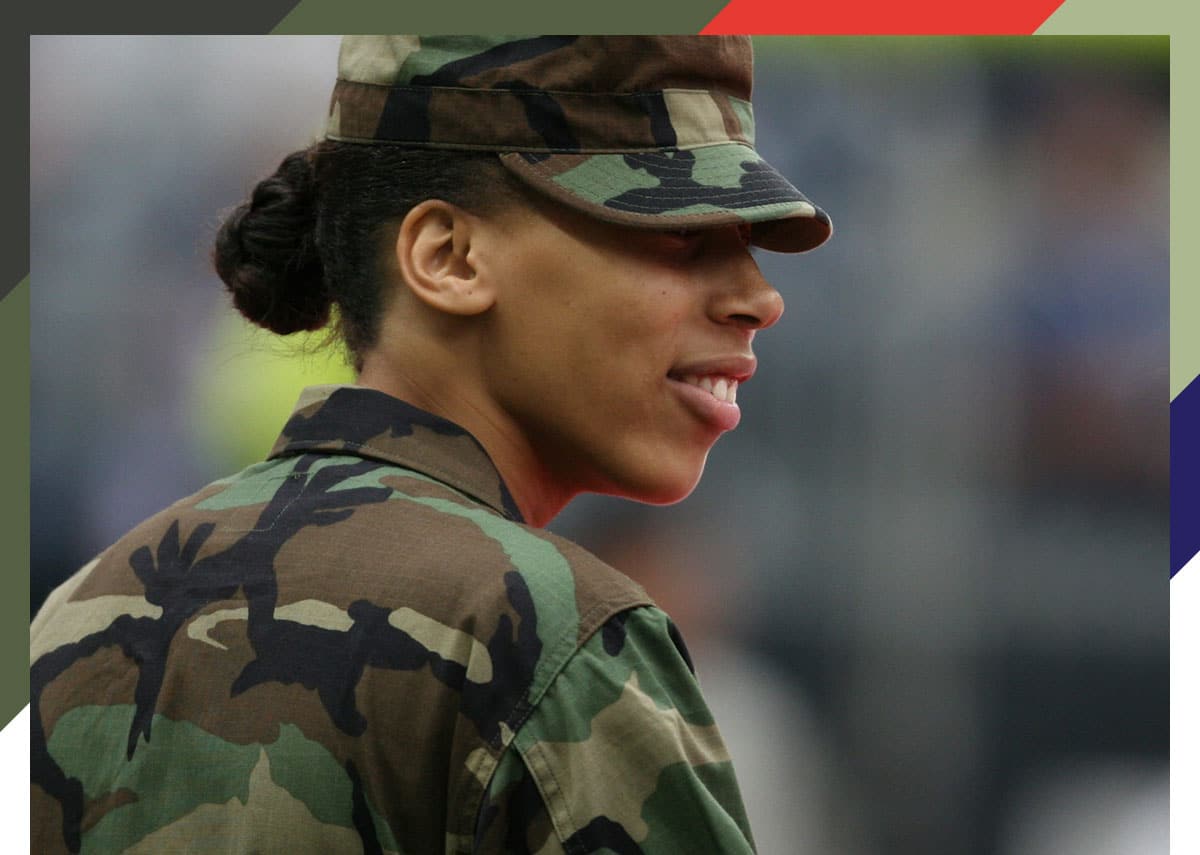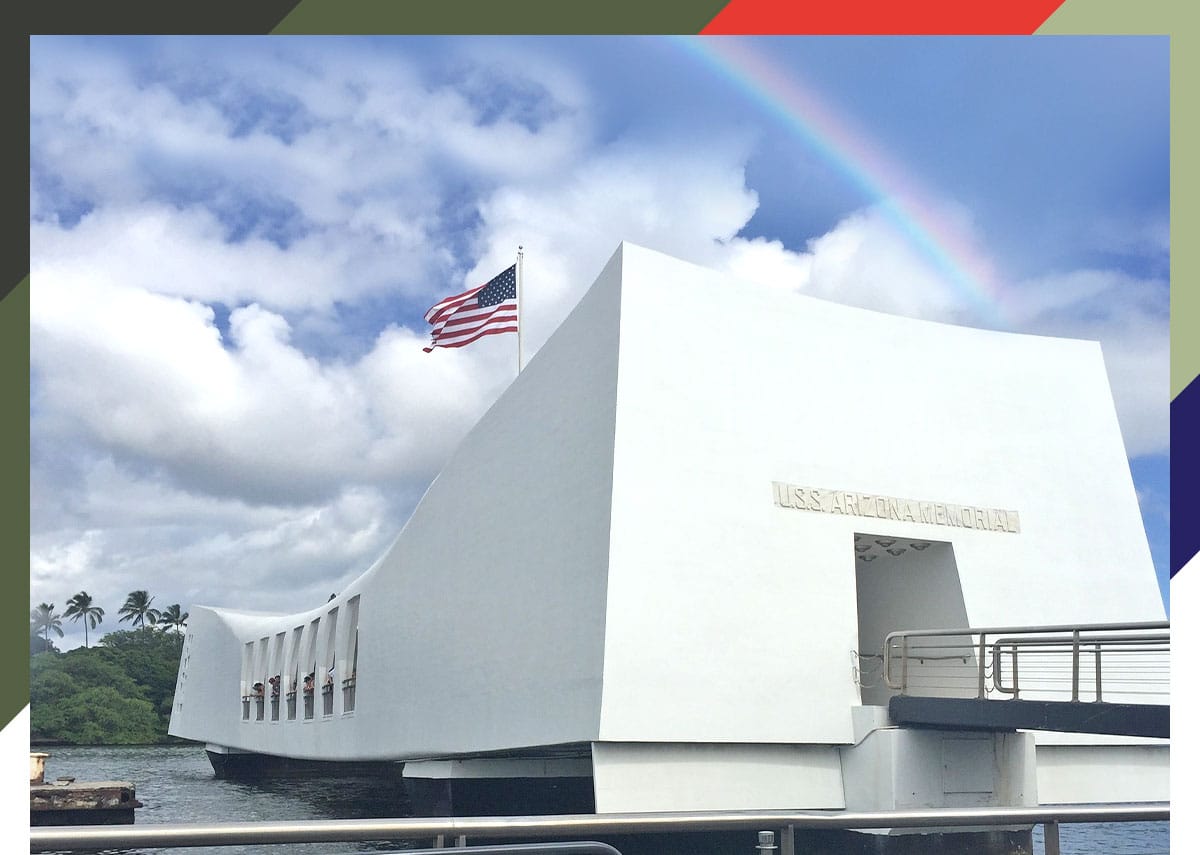Wish a Happy Birthday to the National Guard on December 13
While you might not think of the National Guard when you think of American military forces, you really should! The National Guard is unique in that it serves both community and country. Members of the National Guard face deployments overseas just like other branches of the military, and must still undergo rigorous training; boot camp is the very same as that provided for the U.S. Army.
Meet some National Guard Heroes you should know as we observe the National Guard’s birthday this month.
Tammy Duckworth
After serving in the United States Army Reserve, Tammy Duckworth transferred to the Army National Guard in Illinois in 1996. In 2004, she was deployed to Iraq. On November 12, 2004, she lost both her legs when the UH-60 Black Hawk helicopter she was co-piloting was hit by a rocket-propelled grenade launched by Iraqi insurgents. Duckworth received a Purple Heart, an Air Medal, and an Army Commendation Medal. She retired from the Illinois Army National Guard in 2014, as a lieutenant colonel. Currently, Tammy Duckworth is serving as a United States Senator for Illinois.
Tulsi Gabbard
While serving in the Hawaii State Legislature, Tulsi Gabbard enlisted in the Hawaii Army National Guard in 2003. A year later, she was deployed to Iraq and was shortly thereafter commissioned as a second lieutenant before being deployed to Kuwait in 2008. For her service, Gabbard received the Combat Medical Badge and the Meritorious Service Medal. She was promoted to major in 2015. Gabbard currently serves as the U.S. Representative for Hawaii’s 2nd congressional district.
Charles Lindbergh
American aviator Charles Lindbergh was an officer in the U.S. Army Air Corps Reserves, during which time he received the Medal of Honor, the highest military decoration, for completing the first non-stop transatlantic flight between New York City and Paris. Before making history, he was a U.S. Air Mail pilot. When the Army no longer needed more active-duty pilots, Lindbergh joined the 110th Observation Squadron, 35th Division of the Missouri National Guard, out of St. Louis. He was promoted to captain in 1926.
John William Vessey Jr.
Jack Vessey Jr. was a career officer in the United States Army and served as the tenth Chairman of the Joint Chiefs of Staff from 1982 to 1985, during the Reagan administration. Vessey began his 46-year military career by lying about his age to join the Minnesota Army National Guard. He succeeded, and his unit was deployed during World War II in North Africa and Italy. He served during the Cold War, Vietnam War, and in Korea, until 1979, when he was assigned as Vice Chief of Staff of the United States Army. Vessey is the recipient of the Distinguished Service Cross, two Defense Distinguished Service Medals, three Army Distinguished Service Medals, a Navy Distinguished Service Medal, Air Force Distinguished Service Medal, two Legion of Merit awards, two Bronze Star Medals, and the Presidential Medal of Freedom.
Leonard F. Wing
Red Wing Sr., as he was called, first enlisted in the U.S. Army for World War I and earned the rank of first lieutenant after completing officer training. After World War I, he was discharged in 1918 and established a law practice in Rutland, Vermont. In 1919, Wing joined the Vermont National Guard’s 172nd Infantry Regiment as a second lieutenant and rose through the ranks until he was named colonel in 1933 and brigadier general in 1937 as commander of the 86th Infantry Brigade. Wing’s military awards and honors include the Distinguished Service Medal, Silver Star, Legion of Merit, and Bronze Star.
Scott Perry
Currently serving as the U.S. Representative for Pennsylvania’s 10th congressional district, Scott Perry began his military career in 1980, upon enlisting in the Pennsylvania Army National Guard. He was commissioned a second lieutenant after graduating from Pennsylvania’s Officer Candidate School before qualifying as a helicopter pilot. He served a variety of assignments, including during a deployment to Bosnia and Herzegovina between 2002 and 2003. He served in Iraq between 2009 and 2010, during which time he was credited with flying 44 missions and occurring nearly 200 combat flight hours. After serving in Iraq, Perry was promoted to colonel and commanded the garrison at Fort Indiantown Gap National Training Center and was promoted to brigadier general in November 2015. He retired from the Pennsylvania National Guard in 2019.
Send Love to Your National Guard Hero!
At My Hero Crate, we know that our service members enlisted in the National Guard carry out important missions at home and abroad. They deserve our thanks every day! If you have a loved one in the National Guard, present them with one of our military care packages so they’ll be stocked up on snacks during their guard weekends and all the days in between. If they’re deployed, you can still send them one of our army snack boxes, too – and shipping is always free to FPO, DPO, and APO addresses.

